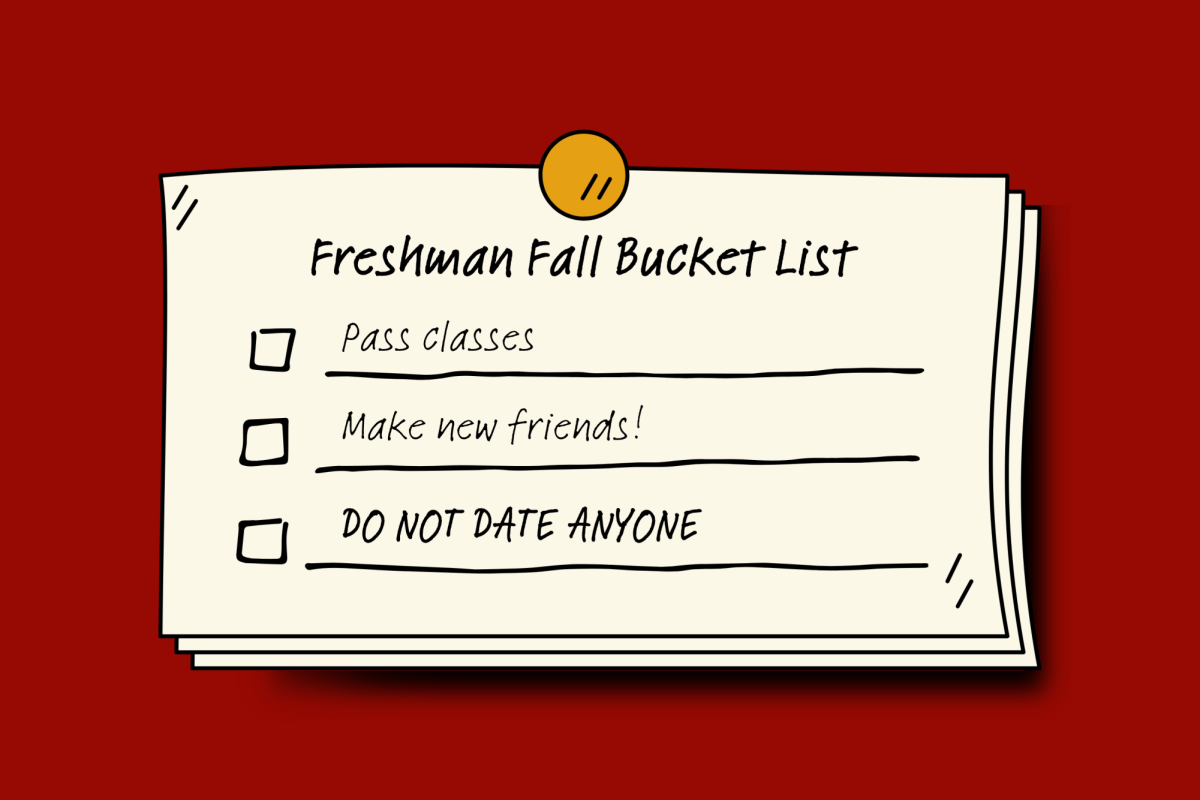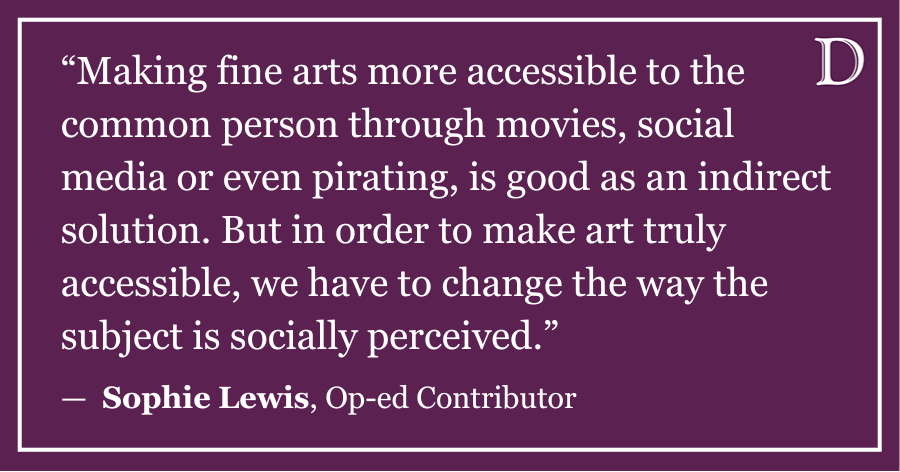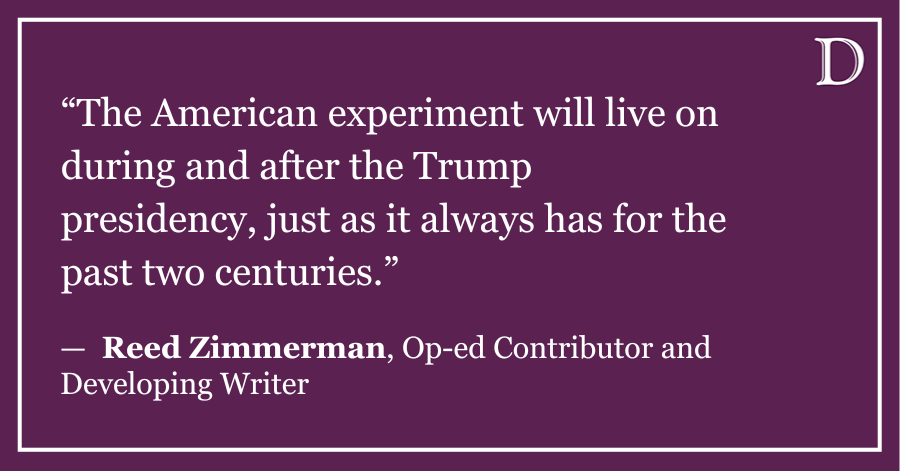Let’s talk about a weapon that has killed more than 1,000,000 Americans in the past quarter century and injured many millions more.
By proving minimal competence at wielding it, most Americans over the age of 16 can possess this weapon regardless of criminal record, often without a background check. Many Americans own more than one and there are about 250.3 million of these weapons in the United States.
This weapon kills blindly, indiscriminate of age, gender, race or creed. This weapon comes in many shapes, sizes and colors but each, used irresponsibly, is equally capable of ending human life.
But perhaps more than any other, deaths from this weapon are extremely preventable. However, this weapon continues to kill without any calls for inquiry into how to prevent its carnage except from a few often ignored interest groups.
The weapon I’m referring to is, of course, the automobile.
Simply put, for those of us who aren’t avid base jumpers or crocodile hunters, our lives are at greatest risk when we step into our car. Injuries resulting from motor vehicle crashes are the leading cause of death for those ages 11 to 27, comprising more than one-third of all fatalities among college-age students.
According to the FBI, 47,856 people were killed by firearms over the past five years, roughly a quarter the number killed in automobile accidents. While the tragedies in Newtown and Aurora put firearms in the public crosshairs, the simple fact remains that you are far more likely to be killed by a distracted driver than a deranged gunmen. I won’t even bother to give the statistics on terrorism because I think you get the point.
From a pure utilitarian sense of saving American lives, one of the most effective domestic security policies of the past century was the 1968 legislation requiring all vehicles to be equipped with seat belts. Automobile deaths have decreased from 53,542 in 1969 to 33,833 in 2011, aided heavily by many states issuing laws mandating seat belt use. For all the hoopla surrounding gun control legislation, it is impossible to imagine universal background checks providing such results.
Tougher driving tests, harsher punishments for reckless road rage, public safety campaigns promoting safe driving and tax breaks for companies leading the way in safety innovation are just a handful of ideas for promoting road safety that cross-cut the ideological spectrum. Yet mainstream media and government continue to ignore the issue of automobile safety, impervious to the crosses and flower bouquets donning the side of our roads.
I nearly became one of these bouquets two summers ago when a driver hit a guardrail on Interstate 95, spun out of control and abandoned his car in the middle of the dark highway. My car was the first to make contact, smashing it at 50 miles per hour before skidding down the road about 150 yards. Though I miraculously escaped with minor injuries, I was told by the police that had we hit a little bit faster, had I not been wearing a seat belt, or had the car not been equipped with top-end safety features, I would not be here to write this column.
Cars are unique in that, unlike other existential threats to our security, each of us can do our part to minimize their potential to kill. It’s a rare opportunity where you don’t have to be Jack Bauer or John Kerry to help make our country safer. By simply obeying the rules of the road and not driving like a wannabe Vin Diesel, you can do your small part to prevent lives from being tragically cut short.
Across America daily, about 100 people won’t be so lucky. Every 15 minutes, the road will claim another life. There will be 30-second flashes on the local news, obituaries written and glasses raised to the memory of those lost, but far too few people postulating how to curtail these preventable deaths. In the iconic words of Bob Dylan, “How many deaths will it take ‘til we know that too many people have died?”
Mike Mallazzo is a Medill junior. He can be reached at [email protected]. If you would like to respond publicly to this letter, send a Letter to the Editor to [email protected].









